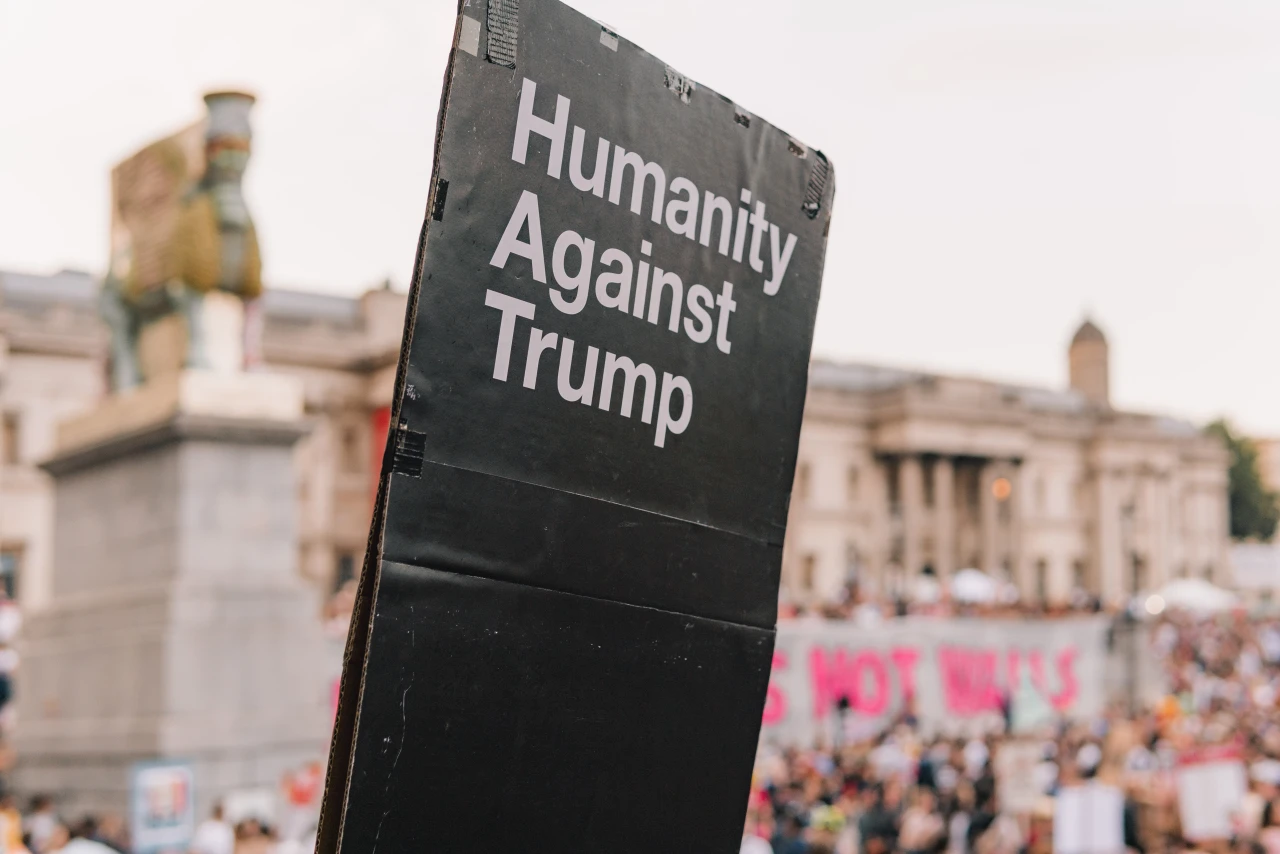It could have been worse—Trump wanted to use active duty military to clear the streets of D.C.
The Insurrection Act, allowing the president to deploy military forces within the United States, was signed into law in 1807. Of the course of that 214 history, the law has been used for vastly different purposes. In 1871, Ulysses Grant used it to position federal forces against the Klu Klux Klan after Klansmen conducted waves of lynchings killing thousands, including hundreds of Black politicians, across the South. Grover Cleveland used it to crush a strike by railway workers in 1894. Dwight Eisenhower used it to protect the Little Rock Nine in 1957. And George H. W. Bush used it to put down the L.A. protests that broke out after the acquittal of four police officers in the brutal beating of Rodney King.
Overall, the act has been invoked 23 times, by a list of men that includes Thomas Jefferson, Abraham Lincoln, and Franklin Roosevelt. It’s been used to protect Black Americans marching for their rights, and to attack Black Americans when the search for justice grew inconvenient — sometimes by the same president.
Despite a post-9/11 revision that expanded presidential powers, the act hasn’t been used since 1992. George W. Bush considered using it against people desperate for assistance following Hurricane Katrina in 2005, but the possibility of bringing the act into use again to deal with violence related to social justice didn’t crop up for decades … until Donald Trump began to threaten the use of federal forces to end protests over the police murder of George Floyd and others.
As The New York Times reported on Friday, that possibility got as close as actually drawing up the order.
A president can invoke the Insurrection Act on the request of a state governor (it was Republican Pete Wilson who asked Bush to send troops into L.A. into 1992) or when there’s a genuine insurrection underway which overwhelms the ability of a state and local agencies to respond. In Trump’s case, it seems he intended to use a new option — deploying federal troops straight to Washington D.C. without asking anyone. Since the nation’s capital doesn’t have a governor or legislature to invite Trump in, White House advisers apparently took this to mean Trump was free to define the circumstances that would allow him to land the military there.
Just think of it as another great argument for D.C. statehood.
Trump’s staff drafted a proclamation invoking the Insurrection Act on June 1, 2020, If that date sounds familiar, that’s the date that Trump and William Barr violently dispelled peaceful protesters in Lafayette Square so that Trump could march across the street and conduct a Bible-waving photo-op.
As bad as things were that day, it turns out they could have been much worse. Because Trump actually told Barr to have the military clear the streets using active-duty military. That instruction was also given to the defense secretary Mark Esper and chairman of the Joint Chiefs of staff Gen. Mark Milley. While Barr, Esper, and Milley informed Trump that moving people out of his way using armed federal troops was a problem, Trump’s team launched straight into making it not a problem — by drafting up a proclamation of the Insurrection Act. The whole thing, which included a prolonged rant from Trump about the need use violence to put down protests over the illegal use of violence, left Miller and Esper “stunned.”
Trump then did what he always does: lie about it. He issued a statement saying that “It’s absolutely not true” that he wanted to deploy active duty troops “and if it was true, I would have done it.”
Additional sources indicate that Trump kept the proclamation on hand, which would match his repeated threats to use the military in cities ranging from Seattle to Minneapolis. But given that Barr provided Trump with a mish mash of units to play with, including federal marshals and a team of riot police from federal prisons, it seems he never got around to actually pulling the trigger to put troops in city streets after Esper and Milley told him taking such an action would be likely to increase protests — which was a very good call on their parts.

